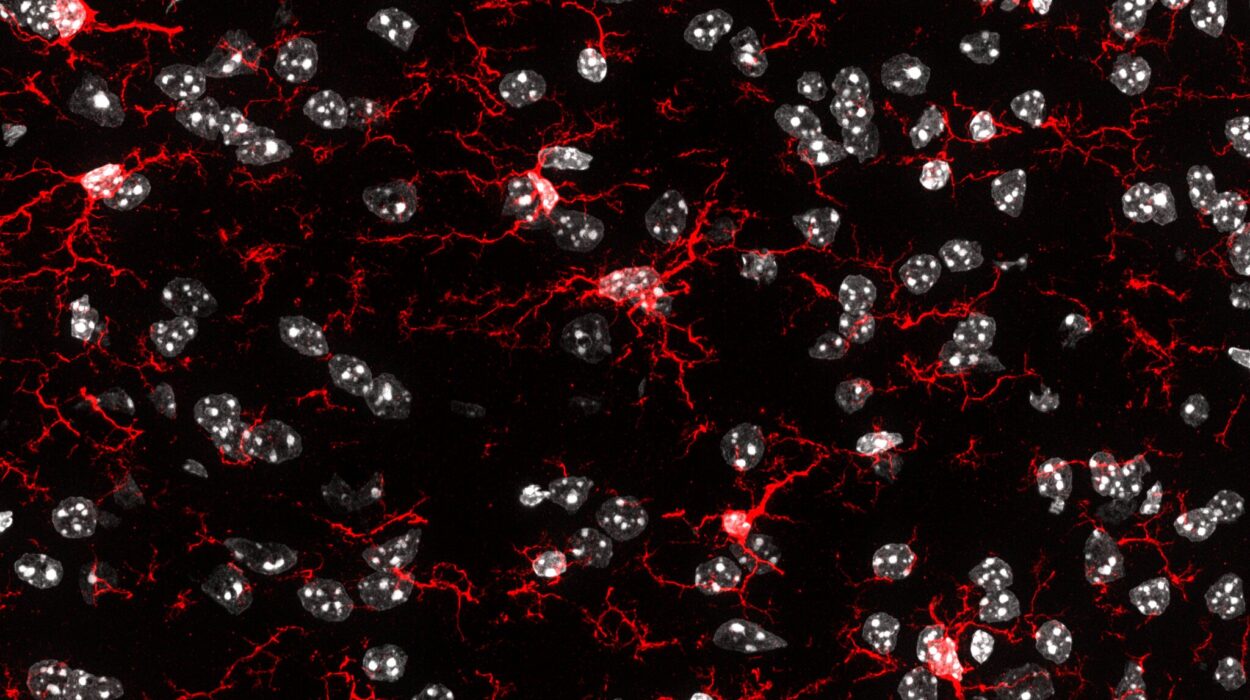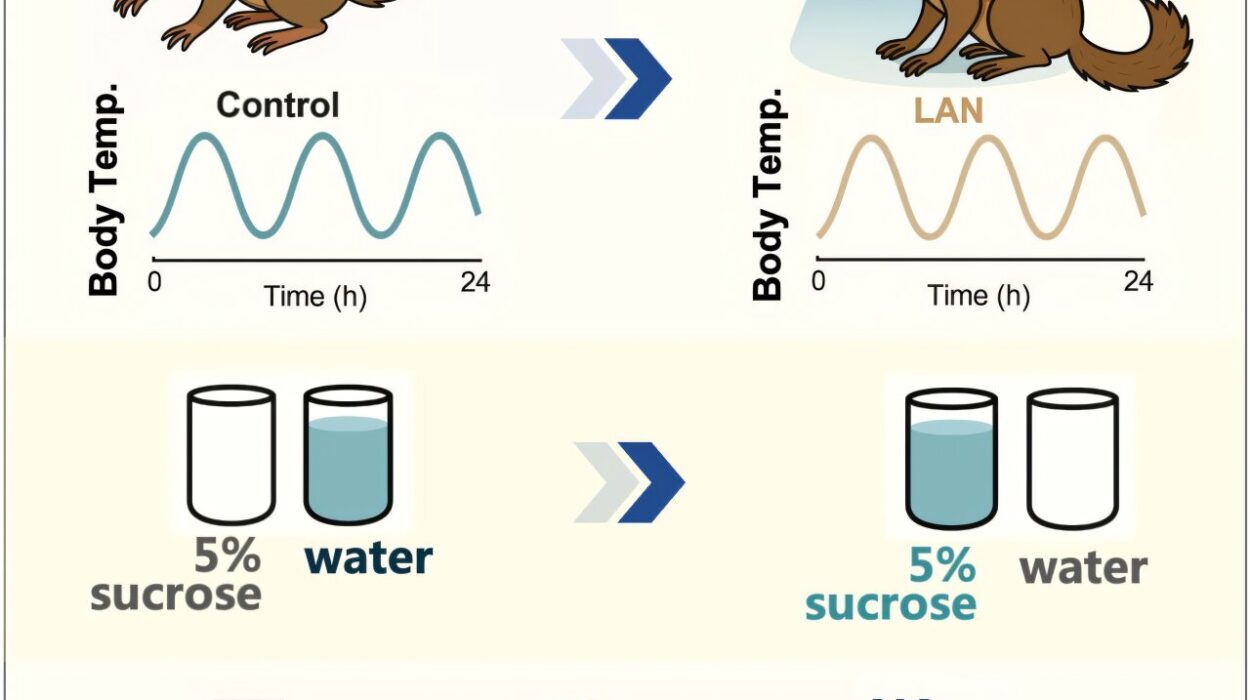High blood pressure, often referred to as hypertension, is one of the most common yet underappreciated health conditions worldwide. It is a disease that affects millions of people and quietly endangers lives, often without the sufferer being aware of its existence. The term “silent killer” has been used to describe high blood pressure because it typically shows no symptoms until serious damage has already been done. What makes hypertension so dangerous is not only its widespread nature but also the fact that people often don’t realize they have it until it’s too late.
But high blood pressure is not a condition confined to the elderly. It strikes at every age, and its impact is often subtle, creeping up over years until the damage to the heart, kidneys, brain, and other organs becomes irreversible. In this deep dive, we will explore the factors behind high blood pressure, how it develops, its consequences, and the steps you can take to protect yourself.
What is High Blood Pressure?
To understand high blood pressure, it’s essential to first understand what normal blood pressure is. Blood pressure is the force of your blood pushing against the walls of your arteries as your heart pumps it around your body. This pressure is measured in two numbers: the systolic pressure (the top number) and the diastolic pressure (the bottom number).
- The systolic pressure measures the force when your heart beats and pumps blood.
- The diastolic pressure measures the force when your heart rests between beats.
A normal blood pressure reading is usually around 120/80 mmHg (millimeters of mercury). When blood pressure readings consistently exceed 130/80 mmHg, it is considered high blood pressure or hypertension. Although high blood pressure can develop at any age, it is more common as people age, as the arteries naturally stiffen over time.
What makes this condition so insidious is that it often goes unnoticed. Unlike other conditions that might cause pain or discomfort, hypertension typically doesn’t have symptoms until it has caused significant damage to vital organs. In the early stages, a person may feel perfectly fine, yet their blood vessels may already be under strain.
The Causes: Unseen Forces at Play
High blood pressure does not arise in a vacuum. It is often the result of a complex interplay of genetic, environmental, and lifestyle factors. Some people may develop hypertension due to hereditary factors, while for others, lifestyle choices play a more significant role.
Genetic Factors: The Role of Family History
If your parents or other close relatives have high blood pressure, your chances of developing it increase. Genetic predispositions can influence the elasticity of your blood vessels, the efficiency of your kidneys, and how your body handles sodium—all of which can contribute to hypertension.
While you can’t control your genes, being aware of your family history can help you make the necessary lifestyle adjustments to reduce your risk. Early detection through regular blood pressure checks becomes crucial if you are genetically predisposed.
Lifestyle Factors: The Silent Saboteurs
For most people, high blood pressure results from a combination of factors, most of which are linked to lifestyle choices. Diet plays an enormous role—particularly one high in sodium and low in potassium. Sodium, which is often found in processed foods, fast foods, and salty snacks, can cause the body to retain water, increasing blood volume and raising blood pressure.
Physical inactivity is another critical contributor. When you don’t exercise, your heart has to work harder to pump blood, which can increase the pressure in your arteries. Over time, this extra strain can cause the heart to become weaker and less efficient.
Other lifestyle factors include obesity, excessive alcohol consumption, smoking, and chronic stress. These habits directly or indirectly affect blood pressure by impacting heart function, vascular health, and hormone levels.
Why Is High Blood Pressure So Dangerous?
High blood pressure may not cause immediate discomfort, but over time, it can lead to serious complications. The force exerted on the blood vessel walls can damage them, leading to a variety of health problems that can reduce quality of life or even shorten it.
Heart Disease: The Leading Threat
The most direct threat of high blood pressure is its effect on the heart. Hypertension forces the heart to work harder than normal, which can lead to heart failure, coronary artery disease, or heart attacks. Over time, the constant strain weakens the heart muscle and reduces its ability to pump blood efficiently.
Furthermore, high blood pressure can lead to the thickening of the heart’s left ventricle, which may eventually cause arrhythmias (irregular heartbeats), a condition that can be fatal. The combination of high blood pressure and heart disease is a lethal one, as it accelerates the damage to the heart and makes recovery from cardiac events more difficult.
Stroke: The Brain’s Silent Threat
When high blood pressure causes the blood vessels in the brain to weaken or narrow, it can lead to a stroke. Hypertension is a leading cause of both ischemic strokes (where a blood clot blocks blood flow) and hemorrhagic strokes (where a weakened blood vessel bursts).
In fact, people with untreated high blood pressure are four times more likely to suffer a stroke than those with normal blood pressure. Strokes caused by hypertension can result in permanent disability, cognitive impairment, or even death, making blood pressure control an essential part of stroke prevention.
Kidney Damage: The Silent Partner in Disease
The kidneys play a critical role in regulating blood pressure by filtering excess sodium and fluid from the body. However, high blood pressure can damage the delicate blood vessels in the kidneys, reducing their ability to perform these functions. Over time, this can lead to kidney disease or even kidney failure, which may require dialysis or a kidney transplant.
Hypertension-induced kidney damage is particularly dangerous because the kidneys often fail silently, showing few symptoms until they are severely compromised. In many cases, the first sign of kidney disease is discovered only through routine blood or urine tests.
Damage to Eyes: The Unseen Toll
Hypertension can also cause damage to the delicate blood vessels in the eyes. Known as hypertensive retinopathy, this condition can lead to vision impairment or even blindness if left untreated. It happens because the increased pressure damages the retina and optic nerve, which are vital for vision. The effects of high blood pressure on the eyes often go unnoticed until the damage is advanced, making regular eye check-ups essential for people with hypertension.
How Can High Blood Pressure Be Prevented?
The best defense against high blood pressure is prevention. Since the condition often develops gradually over years, making lifestyle changes early on can significantly reduce the risk. Here are some steps that can help you maintain a healthy blood pressure:
Eat a Healthy Diet
A diet rich in fruits, vegetables, whole grains, and lean proteins can help reduce blood pressure. Cutting down on processed foods, cutting out excessive salt, and eating foods that are high in potassium (like bananas and leafy greens) can help your body maintain a healthy balance.
The DASH (Dietary Approaches to Stop Hypertension) diet is often recommended for people with high blood pressure. This diet emphasizes the consumption of foods that are high in fiber, potassium, and magnesium while reducing the intake of sodium, unhealthy fats, and sugars.
Stay Physically Active
Regular physical activity can lower your blood pressure by strengthening the heart and improving circulation. Even simple activities like walking, swimming, or cycling can have a profound effect on blood pressure. Ideally, adults should aim for at least 150 minutes of moderate-intensity exercise per week.
Maintain a Healthy Weight
Being overweight or obese increases your risk of developing high blood pressure. Losing even a small amount of weight can have a significant impact on reducing blood pressure levels. Combining a healthy diet with exercise is key to achieving and maintaining a healthy weight.
Limit Alcohol and Quit Smoking
Drinking alcohol in excess can raise blood pressure, so it’s important to limit your intake. The American Heart Association recommends no more than one drink per day for women and two drinks per day for men.
Smoking is another major risk factor for high blood pressure. The chemicals in cigarettes can damage the blood vessels and increase the heart rate, leading to higher blood pressure. Quitting smoking is one of the most beneficial things you can do for your overall health.
Manage Stress Effectively
Chronic stress is a significant factor in the development of hypertension. Learning how to manage stress through relaxation techniques, mindfulness, yoga, or meditation can help lower the risk. Stress-reduction strategies also help in managing the hormonal and cardiovascular responses that contribute to high blood pressure.
Monitoring Blood Pressure: The Key to Prevention
Since high blood pressure often has no obvious symptoms, it’s essential to monitor your blood pressure regularly. Having your blood pressure checked by a healthcare provider at least once a year is recommended for adults, especially if you have risk factors like a family history of hypertension or an unhealthy lifestyle.
If you are diagnosed with high blood pressure, early treatment and lifestyle changes can often prevent or delay the onset of complications. Medications are also available to help control blood pressure, but they should be used in conjunction with lifestyle changes for the best results.
Living with High Blood Pressure: The Road to Management
Once diagnosed with high blood pressure, it’s important to understand that hypertension can be managed, though it requires consistent effort and vigilance. This means taking prescribed medications as directed, making healthier lifestyle choices, and undergoing regular check-ups to monitor progress.
Living with high blood pressure doesn’t have to mean living in fear. With the right approach, it’s possible to lead a healthy, active life while keeping hypertension under control.






